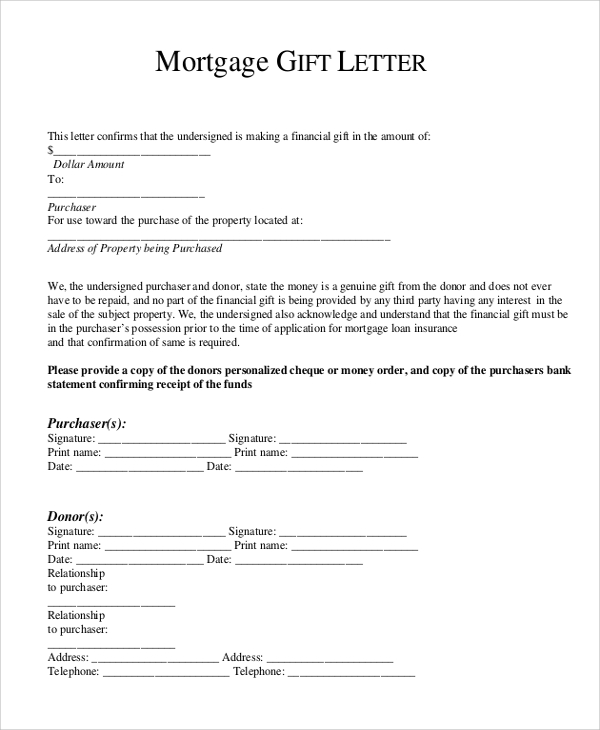10 Simple Techniques For What States Do I Need To Be Licensed In To Sell Mortgages
The Ginnie Mae CUSIP aggregation program started in March 2019 and was completed in July 2019 and the Desk combined around 8,000 individual CUSIPs into about 8 aggregated ones. The aggregation process was created to decrease administrative expenses and operational intricacies connected with the Federal Reserve's company MBS portfolio utilizing a straightforward and rules-based technique that is consistent with market.
functioning objectives and standard market practices. Other The New york city Fed releases in-depth data on all settled SOMA agency MBS holdings on its on a weekly basis. In addition, Fannie Mae, Freddie Mac, and Ginnie Mae provide info about aggregated CUSIPs, consisting of the underlying company MBS, on their public sites. Yes. Details about private Fannie Mae, Freddie Mac, and Ginnie Mae company MBS CUSIPs underlying the Federal Reserve's aggregated CUSIPs will remain readily available on these organizations' public sites.
's freshly imposed restriction on repooling of reperforming forborne loans yet again punishes servicers serving as important service suppliers in the continuing efforts to safeguard debtors dealing with financial hardship due to COVID-19. Let me count some of the ways Ginnie Mae servicers are bearing the force of debtor forbearance under the CARES Act: no maintenance cost earnings throughout forbearance of as much as a year( and potentially longer need to Congress decide its required); no remedy for advance requirements for the period of such forbearance; no revision of the structural obstacles to private funding to money advances; and no compensation for the expense of funds for advances. In issuing APM-20-07 on June 29, 2020, Ginnie Mae decided to further secure investors from the prospective enhanced http://www.rfdtv.com/story/43143561/wesley-financial-group-responds-to-legitimacy-accusations prepayment danger arising from early swimming pool buyouts of forborne loans. This security, however, comes at the expenditure of servicers. By restricting servicers from depending on long-standing, legitimate company activity early pool buyouts coupled with the repooling of reperforming loans Ginnie Mae has actually elected to deem a routine activity as inappropriate since it is unneeded and, gosh, may produce an earnings. This responsibility lasts until the defaulted loan is bought out.
loan secured by the mortgaged property, the profits of which are utilized to bring the loan present. By utilizing a junior lien, the loan does not require to be modified. Presently, a servicer might achieve a" stand alone partial claim" or a" home mortgage healing advance" without repurchasing the overdue loan from the pool, but servicers consistently combine the allowable early buyout of a delinquent loan, a reinstatement through a" stand alone partial claim" or" home loan recovery advance, "and a repooling of the reperforming loan into timeshare presentation las vegas freshly released securities. First, the customer under a reperforming loan should have made prompt payments for the 6 months right away preceding the month in which the associated mortgage-backed securities are issued.

Second, the issue date of the mortgage-backed securities need to be at least 210 days from the last date the loan was delinquent." Reperforming Loans "are not restricted to loans that are restored through a" stand alone partial claim" or "home loan recovery advance." The term is broadly specified to be a loan that is not more than thirty days delinquent, previously was purchased out of a Ginnie Mae swimming pool, and has the exact same rate and terms as the originally pooled loans. The APM just hints at the factor behind Ginnie Mae's change in position, specifying that "Ginnie Mae seeks to ensure that transactional activity associated with these alternatives does not hinder market self-confidence in Ginnie Mae securities. "It highlights that FHA's "Stand Alone Partial Claim" and USDA's "Home mortgage Healing Advance" do not need pool repurchases unless the terms of.
What Are The Percentages Next To Mortgages - The Facts
the loan need adjustment. Merely put, Ginnie Mae is depriving servicers of an enduring, legitimate, optional service strategy under the Ginnie Mae program obviously since this discretionary activity is not needed to make it possible for a servicer to stop maintenance advances in respect of forbearance. Generating a revenue from repooling reperforming loans somehow is seen as a dubious activity. In seclusion, insulating investors in Ginnie Mae securities from enhanced prepayment danger connecting to forbearance definitely is a worthy public policy goal. When compared to the costs, expenses and lost profits servicers are bearing in regard of forbearance, one has to wonder whether Ginnie Mae is relatively balancing the interests of servicers and financiers.
While Ginnie Mae may have the authority to revise the Mortgage-Backed Securities Guide from time to time, servicers have a right to reasonably count on the basic construct of the program without material adverse changes not grounded in law or abuse. Servicers develop, acquire and finance their Ginnie Mae MSRs based on this reasonable expectation. When you want to have fun in the sun right in.
your yard, a pool of your own might be paradise. A pool features a hefty cost tag, however, so be prepared to spend for it with time. While you have a couple of different options, among the most basic is to finance a new pool with a new home mortgage. First, call the loan provider with which you have your current home mortgage to ask about a brand-new home mortgage.
Typically your present loan provider will be excited to keep your financing, perhaps providing attractive interest and terms. mortgages what will that house cost. Keep in mind the terms provided by your existing lender. Approach two or 3 other lenders to ask about a brand-new home mortgage. With a new lender, you will require to reveal proof of identity and earnings, service warranty deed and homeowner's insurance coverage. The brand-new lender will examine your credit and.
inspect the worth of your house during a prequalification procedure. After validating your details and evaluating your credit reliability, the lending institution might extend you prequalification status.
